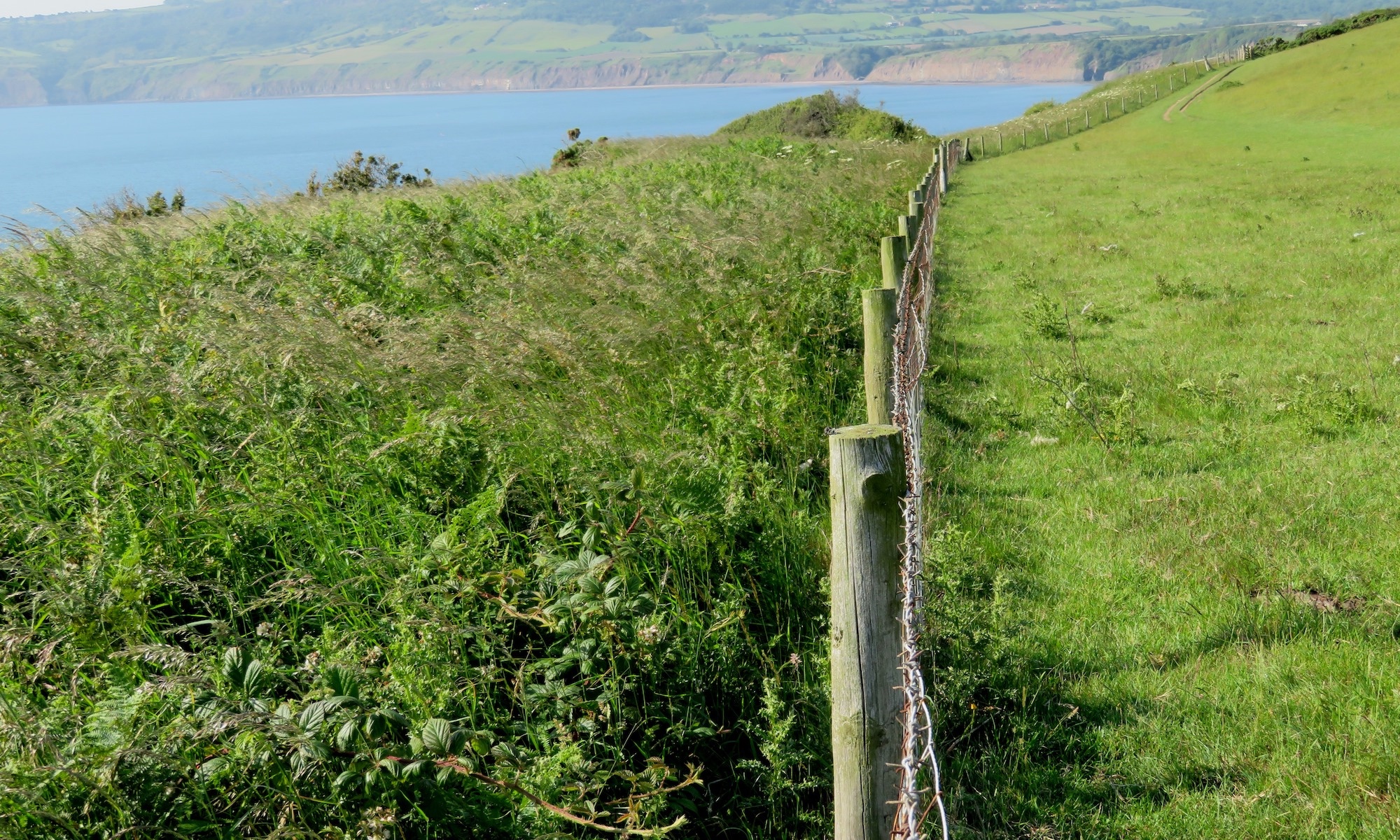by Samantha Mennell
29th September, 2022
We purchased our house and 7 acre field in the spring of 2018 and immediately started plotting how we could turn it back to nature. Having planned where we would put our wildlife pond, plant native trees and what we would leave to scrub up, we turned to the wildflower meadow creation…
We are lucky to be in the Nidderdale AONB and managed to persuade their Biodiversity Project Officer to visit. As we waded through thick, impenetrable grass she didn’t seem very hopeful that the soil test would come back with low enough nutrient levels to support wildflowers (which need poor soil so grass doesn’t crowd them out).
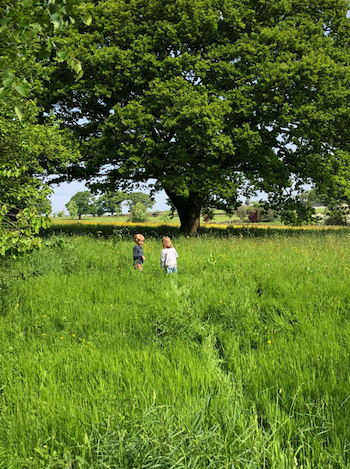
However, a couple of weeks later she contacted us to let us know the levels were wonderfully low and we would be eligible for their donor seed. Once the grass had been cut for hay in mid-August, we paid a contractor to collect the seed from a nearby traditional meadow, aggressively harrow the land to get rid of as much grass as possible and
then scatter the seeds.
Excitingly, small seedlings appeared that autumn and we put our neighbours’ horses on to help keep the grass down. Spring appeared and we hunted daily to discover the changes. Our first burst of excitement came from discovering a yellow rattle seedling… These are known as ‘meadow makers’ because they work parasitically on grass, creating space for flowers to grow. With its arrival we knew we had the start of a real wildflower meadow.
It took some patience… In the first year lots of the plants don’t flower and there are some species that just didn’t suit our site and never appeared – but over time what belonged began to flourish!
We started with a field of thick grass with some buttercups, sorrel and ribwort plantain and now 4 years later it is awash with yellow rattle, clover, cuckoo flower, knapweed, vetch, birdsfoot trefoil and, wonder of wonders, after a very wet spring, marsh orchids.
We hand-collect seeds each summer to redistribute to less floriferous parts once the hay has been taken, and we put horses on each autumn and early spring, now keeping them only on the areas that still have strong grass. We get it cut as late as we can persuade the farmer to take it (usually mid-late August) so that as many flowers get to seed as possible for both distribution and food. Although, even once the hay has been taken, a few weeks later our autumn hawkbit arrive for late summer nectar. We have also added some extra plug plants and now have a lovely spread of cowslips in spring.
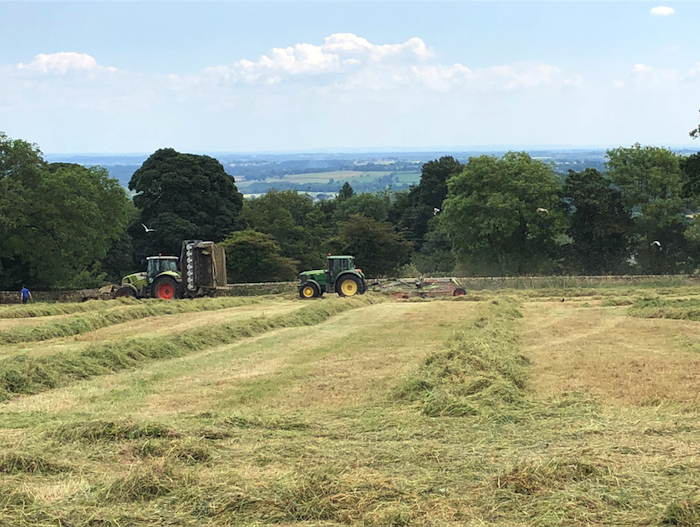
Our meadow is home to ground nesting birds, an array of butterflies and other pollinators and at night bats swoop gathering moths. It is full of small mammals which support local tawny and barn owls as well other small birds of prey and a local fox. It is also a source of huge joy to us and one of my favourite summer activities is to lie down in it and watch the grasses and flowers sway above my head.
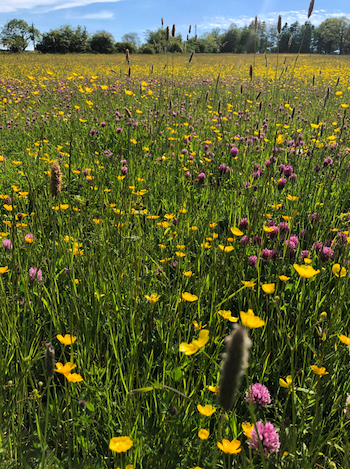
[Images: Samatha Mennell]
